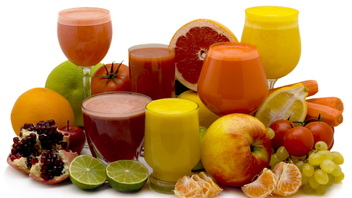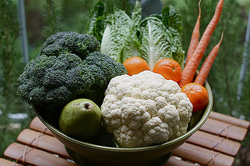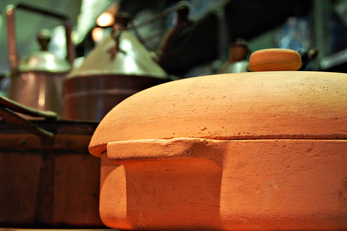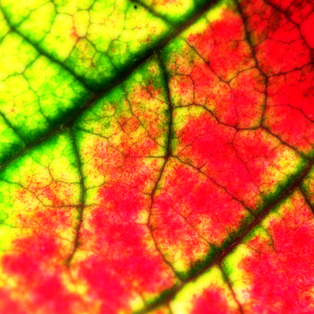
Hypertension is a common disease nowadays, which, if not treated correctly can cause damage to the organs of the body. People who suffer from high blood pressure need to lower their blood pressure in order to neutralize the effects of hypertension on their body.
While change in lifestyle and diet is recommended for people who need to lower blood pressure. Yoga has been proven to be very helpful in the treatment of hypertension.
Yoga exercises, called asanas, involve stretching and moving the body into various positions. During these exercises any tightness or tension observed in the body should be consciously relaxed. Yoga practice offers stress management techniques, which are essential to lowering blood pressure. There are many yoga asanas, but only certain asanas can help you lower blood pressure.
Poses For Lowering Blood Pressure
The most efficient for lowering blood pressure are the forward bends. All these asanas lower blood pressure, slow down pulse rate, have a pacifying effect on the brain, the nervous system, the blood circulation to the brain, and they also help you reduce stress.
Many hypertensives have difficulties in breathing and sitting asanas help them in this matter and they also lower blood pressure. Upavista Konasana, for example, removes tension from the ribs and the intercostals muscles, and also helps with breathing.
Other helpful asanas that lower blood pressure are the supine poses, like Supta Baddhakonasana, which relax the abdominal region and have a calming effect on the nerves.
Inversions , such as Halasana and Setubandha Sarvangasana, have a refreshing effect on the nerves and reduce the sympathetic tone very fast. Usual practice of these asanas regularizes blood pressure and lowers blood pressure when it is abnormally high.
To all these previous asanas you can add the pranayama and the Shavasana, which relax the mind, the senses, stabilize blood pressure, and lower blood pressure in case of hypertension.
While change in lifestyle and diet is recommended for people who need to lower blood pressure. Yoga has been proven to be very helpful in the treatment of hypertension.
Yoga exercises, called asanas, involve stretching and moving the body into various positions. During these exercises any tightness or tension observed in the body should be consciously relaxed. Yoga practice offers stress management techniques, which are essential to lowering blood pressure. There are many yoga asanas, but only certain asanas can help you lower blood pressure.
Poses For Lowering Blood Pressure
The most efficient for lowering blood pressure are the forward bends. All these asanas lower blood pressure, slow down pulse rate, have a pacifying effect on the brain, the nervous system, the blood circulation to the brain, and they also help you reduce stress.
Many hypertensives have difficulties in breathing and sitting asanas help them in this matter and they also lower blood pressure. Upavista Konasana, for example, removes tension from the ribs and the intercostals muscles, and also helps with breathing.
Other helpful asanas that lower blood pressure are the supine poses, like Supta Baddhakonasana, which relax the abdominal region and have a calming effect on the nerves.
Inversions , such as Halasana and Setubandha Sarvangasana, have a refreshing effect on the nerves and reduce the sympathetic tone very fast. Usual practice of these asanas regularizes blood pressure and lowers blood pressure when it is abnormally high.
To all these previous asanas you can add the pranayama and the Shavasana, which relax the mind, the senses, stabilize blood pressure, and lower blood pressure in case of hypertension.






 RSS Feed
RSS Feed
